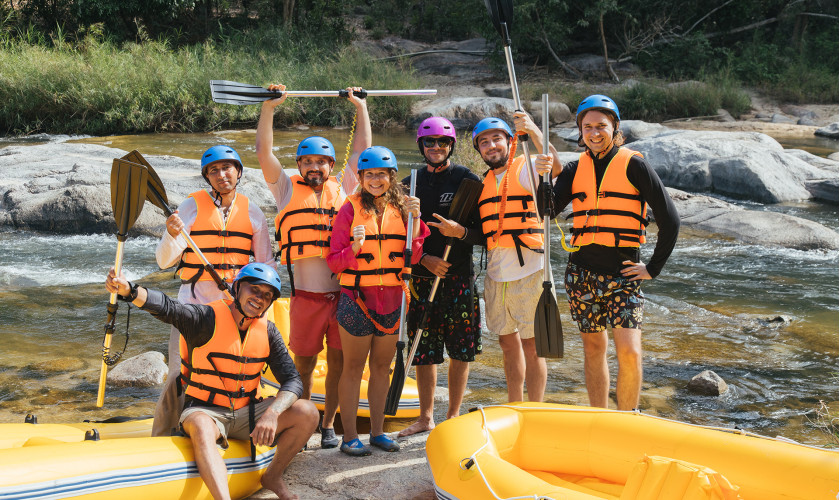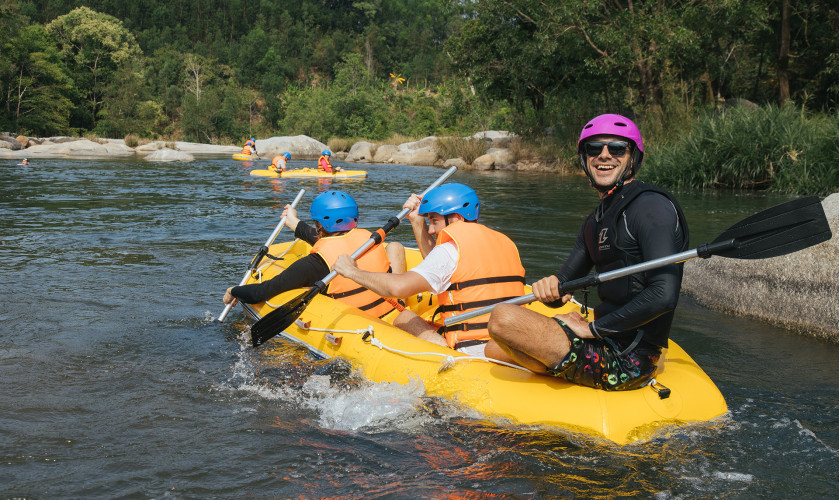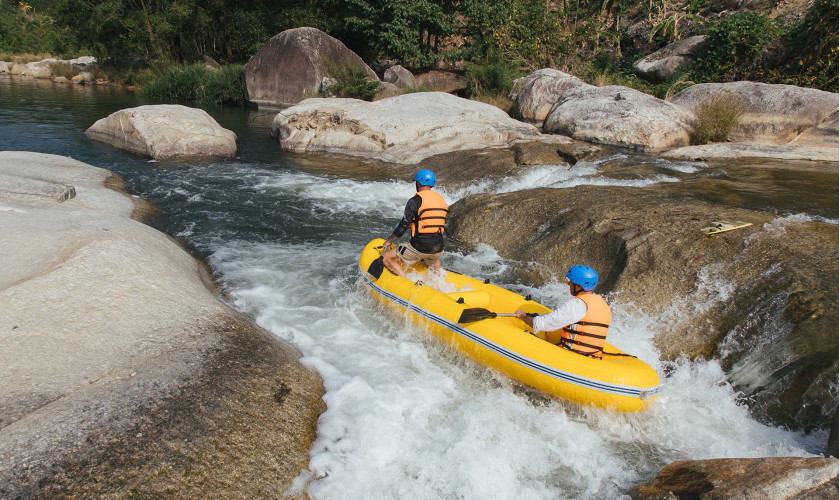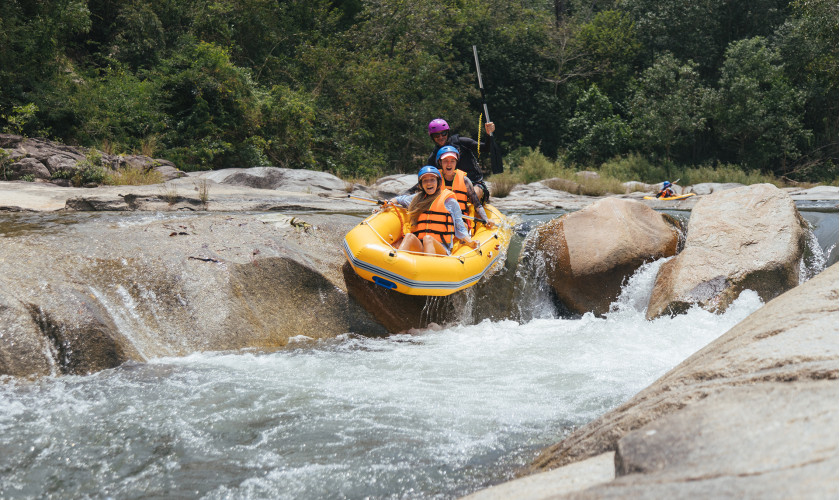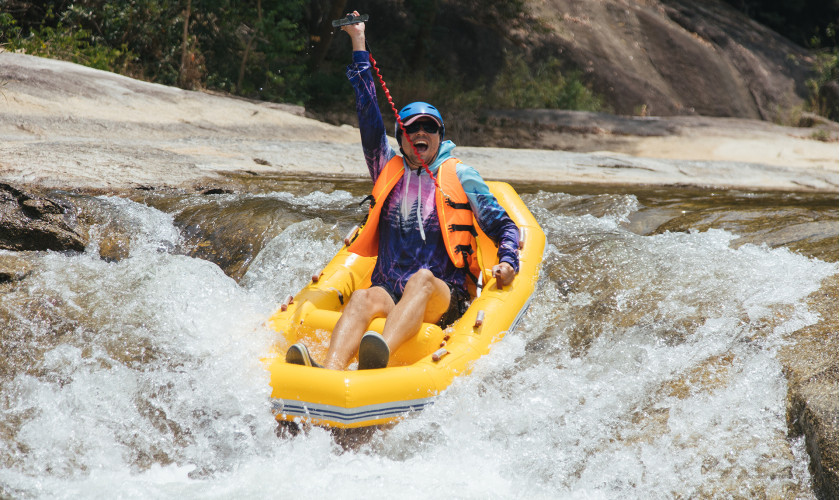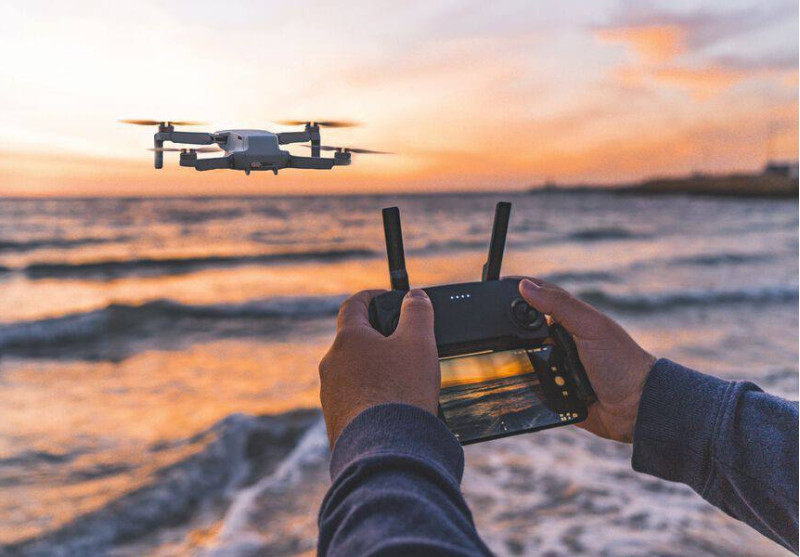The main goal of rafting is to overcome obstacles that are encountered along the river. These can be rocks, rapids with drops, drains, shafts, squeezes, barrels with reverse currents, etc. Each section is assessed by their number and complexity and receives a corresponding category on the international scale. Depending on this, rivers can be beginner, easy, medium, difficult, very difficult or extreme.
Level I (water recreation)
The initial level of difficulty is rivers with a minimum number of obstacles and a small water height. They are suitable for beginner rafters, even children, and for those who just want to enjoy beautiful scenery and a calm ride.
Level II (easy)
The easy level is rivers with a small number of obstacles, but with a higher water level. They are suitable for more experienced tourists who want a little more adrenaline. In such locations, you can enjoy beautiful views and overcome small obstacles, but, despite this, remain safe and have fun.
Level III (Intermediate)
Intermediate difficulty levels are rivers with more obstacles and higher water levels. Rafters on medium rivers need to have good skills and experience to cope with such conditions. They need to know how to properly control the boat and how to quickly react to changing conditions and current direction.





